Some parts of the U.S. experience a deep freeze, while other areas have milder winter weather. In the first case, you will probably have brought your potted plants in already. But even in areas known for mild winters, unexpected frost and even freezing can happen. That’s when plants left outside in a cold snap may get damaged.
Although some plants tolerate cold temperatures, others may suffer from light frost or a freeze. A hard freeze is more dangerous to plants than frost. But you may be able to rescue your wilted plant. It will depend on what type of plant it is and the length of time or severity of the cold it was exposed to. If you have ferns, fern care in winter is also very important to keeping them alive.
Cold-shocked plants typically droop. They lose color and their foliage curls and falls off. Examine the leaves. Spots of white, yellow, or red near the veins signify dead cells that frost killed. A plant’s foliage may have been bruised or discolored in a light freeze. If this happened, wait for damaged parts to fall off alone.
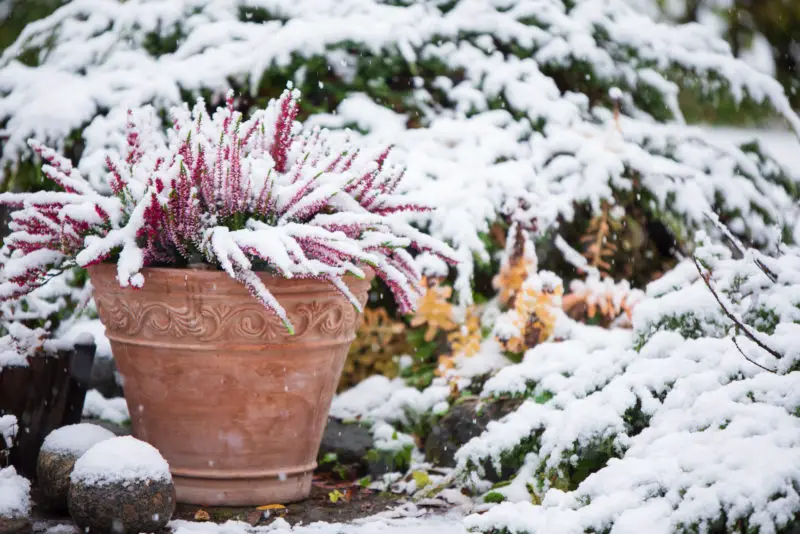
If the crown or roots have been damaged in a severe frost, the plant may not recover. It’s still worth waiting several months and watching it for signs of recovery. If the plant is native to the area, it may withstand a cold snap. Non-native plants may take more time to recover, or not recover at all.
Assess the damage, as said above, giving the plant several months’ grace. If there’s absolutely no sign of new growth by the time warm weather returns, compost it.
How to Save Plants from Frost Damage
The main thing is to take action as soon as possible. Bring the plant into the house, but don’t set it down near a source of heat like a radiator or stove. Cold-shocked plants need a little time to recover. Set the container down where there’s light but not direct sunshine. An enclosed porch or garage, or even a basement with windows, are all good places to put cold-shocked plants. Indirect light is important. A moderately warm environment is best for the plant’s recovery.
Wait two days before moving the plant to a sunny window, or to a place where direct sunlight falls. But don’t wait to water the plant. If there’s damage from frost, ice crystals have drawn water from the leaves, and it will need to rehydrate. The plant will need an inch of water. Make sure the water drains efficiently from the container. Water the plant as you usually did before it was damaged.
You may be tempted to fertilize the plant in order to help it out, but fertilizing a stressed plant is actually counter-productive. The plant needs to regroup and recover, not put its strength into new growth.
Dead flowers will probably appear shortly after you’ve brought the plant back in. You may trim dead flowers off with scissors. Leaves that wither are another matter. Let the plant stand with its dead leaves for a couple of months before pruning it. The reason to wait before pruning is that, just as with fertilizing, trimming foliage encourages new growth.
There are two reasons to prevent new growth when a plant is damaged. The plant needs to put its strength into recovery, not new growth. The second reason is that encouraging new growth when a plant should be dormant simply provides more room for damage if a new cold snap should occur.
If you can’t bring it indoors, wrap its container in bubble wrap or burlap to promote warmth. Cover the plant with a cardboard tent, anchoring the corners down to keep the cardboard from flying away in the wind.
If there are several damaged plants, group them closely together for more warmth. Give the plant plenty of time to recover. That way you will be able to see the extent of the damage, and if, or when, any new growth begins to appear. When you notice new growth, clean the plant up. Cut off dead leaves and branches. With woody plants, bend damaged stems to a point where they don’t snap off, then trim them an inch or two to the green, growing part.
If the plant is a woody variety like rosemary or lavender, examine it for life a month or six weeks after you’ve brought it in. Scratch the bark and see if there’s green under it. If there’s green, the plant is alive and will most likely revive with new growth in the spring. In the meantime, water it and clean up any dead leaves. A newspaper spread under the container makes cleanup easy.
Cactus plants and succulents are particularly susceptible to extreme cold. If your cactus has gone black and mushy, there’s nothing to do but compost it. Still, some cactus and succulents are harder than you’d expect. If you think there’s hope for a cold-damaged cactus, take the damaged parts off and wait a few days before inspecting it again. If it’s black on the inside, it’s gone. But if there are signs of green or even new growth, you can probably save it.
Prevent cold-weather damage to your plants, especially sensitive or non-native ones. If you expect frost, cover the plants with a plastic plant cover, burlap, or a sheet. You can even place a plastic container over the plant. Leave the cover on overnight and remove it in the morning.
Be prepared. Find out the cold-weather hardiness of your plants for the zone you live in. Track the expected day and night temperatures in your area, and either accordingly, keep your plants in place or bring them indoors. The best is to grow native plants because they build up a tolerance to local temperature fluctuations over autumn and will tolerate the cold better than non-natives.
Move tropical plants to a covered porch or indoors as soon as you expect temperatures to dip below 60 degrees Fahrenheit. Make room for plants you predict will need to be brought indoors. Clear areas on the floor, the shelves, and the windows for placing plants according to available light and warmth. Place newspapers on the places you plan to set your plants because you can expect a little mess from leaves falling off.
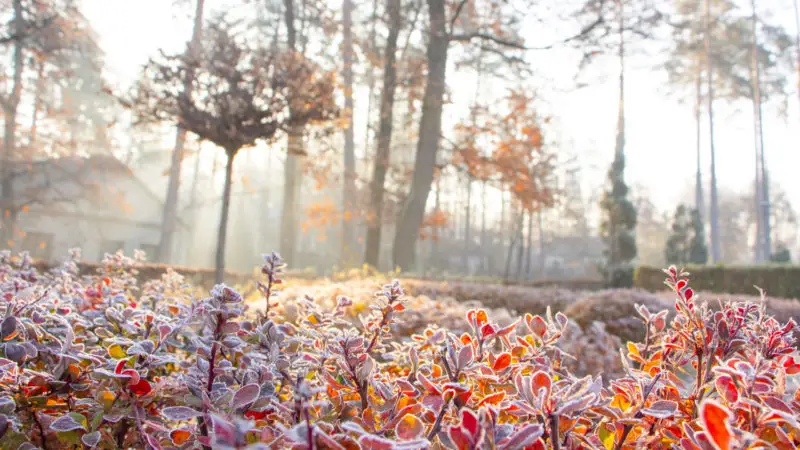
If you don’t have enough indoor or covered space for a number of pots, place them against the house or garage wall, if possible out of the wind. Put them close to one another, then wind a strip of bubble wrap or burlap around the whole group.
Keep outdoor pots off the ground to allow the best drainage when it rains. Place them on top of bricks or “pot feet” available from plant nurseries.
And here’s an interesting, and efficient hack for protecting hardy plants from frost. Check to see if your plant is classified as hardy.
Spray the plants with water in the late afternoon before expected frost sets in. The hardest frosts form in the evening.
Ice insulates and keeps the plant moist. Plus, the soil moistened by spraying stays warm compared to dry soil. Consider that in freezing weather, water underground freezes too.
Plant roots can’t draw the moisture they need from the ground. Spraying then keeps leaves and soil hydrated enough for the plant to survive. Frost and cold winds draw moisture from leaves before it can reach the roots. So spray in cold, dry weather before frost is announced.
A covering of ice on plants actually keeps enough heat in to allow the plant to absorb moisture from your watering. Spray moderately, not to waterlog the roots. Begin spraying the night before an expected frost, and spray again lightly in the morning. Spraying must continue until the danger of frost has passed. If the ice on the plant is allowed to melt, the insulation is gone and frost damage is likely to happen.


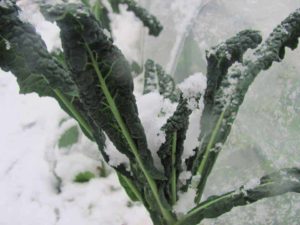
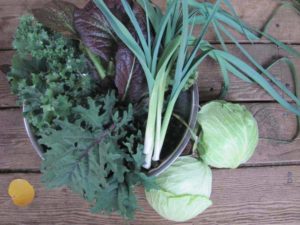
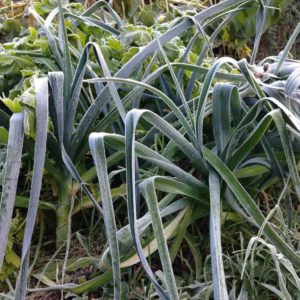
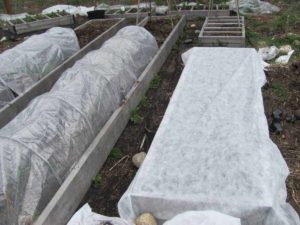

Helpful one! Thank You so much.
Outstanding work! Enjoyed your writing!!
Your blogs are lovely!!